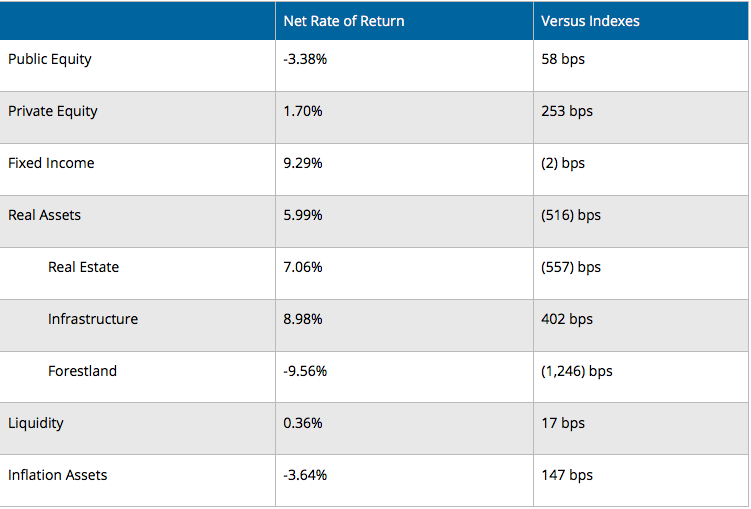
The California state legislature has passed a controversial bill, formally called AB 2833, which aims to improve reporting and disclosure of fees paid by public pension funds to private equity firms and hedge funds.
The bill awaits Gov. Jerry Brown’s signature.
The bill has been championed for months by State Treasurer John Chiang; but observers have raised questions about the effectiveness of the bill, and whether it was “gutted” from its original form.
The Wall Street Journal describes the bill:
Once the bill is signed into law, California pensions must report all fees and expenses they pay to new private-equity funds they invest with from 2017 onward. They will be required to disclose the costs borne by portfolio companies that are then passed on to private-equity fund investors, charges often hidden from view. They also will have to report the share of deal profits—also known as carried interest—collected by each private-equity fund manager.
[…]
As the bill wound through the California state legislature over the past year, it drew mixed responses from pensions and raised questions about whether investors are ready to reckon with private equity’s full costs. Even as pensions try to get a handle on investment fees and expenses, some fear being too demanding would drive top managers away.
[…]
In the end, the bill was adjusted to become less heavy handed, with later versions of the bill giving each California investor the flexibility to seek the data in any format.
Some observers, like Naked Capitalism’s Yves Smith, aren’t happy with the bill’s “adjustments”. Smith writes:
AB 2833 has gaping holes that will allow general partners to structure related party payments to escape reporting. The bill, which you can read here, has a very long and complicated definition of what constitutes a related party. It is inferior to shorter and more comprehensive definitions in earlier drafts.
[…]
AB 2833’s definition of “portfolio company” allows payment to be routed through other entities. The definition of “portfolio company” is more obviously deficient than that of “related party” and again allows the bill to be circumvented:
“Portfolio companies” means individual portfolio investments made by the alternative investment vehicle.
Huh? What does “individual portfolio investments” mean? This language does not map onto legal entities or contractual relationships. But by saying “individual,” that would appear to set up the argument that the portfolio company is only “individual” meaning the senior-most legal entity that owns fund assets. But private equity funds seldom invest directly in a portfolio company. For tax and other reasons, there are often “blocker” legal vehicles and other legal entities that sit between the private equity fund and the investee business. It thus appears that general partners could launder the former portfolio company fees through legal vehicles that sit above the portfolio company. For instance, Portfolio Company contracts with Intermediate Co. which has a mirror contract with the general partner or a related party.
Reporting is at far too high a level of abstraction to allow for verification or cross-checks. Another major flaw in the bill is that it fails to report fees quarterly, as the unhappy 13 major trustees had called for, and is nowhere near granular enough to allow them to map the fees back to either portfolio company activities or limited partnership agreements. It simply calls for an aggregate of fees and costs, reported on a pro-rata basis for the fund and also by the portfolio companies.
Bear in mind that the previous version of the bill required that all related party transactions be reported. The current version calls only for providing each CA public fund with its pro rata share of those fees.
John Chiang wrote a letter to the New York Times defending the bill against its detractors, which include Times writer Gretchen Morgenson. From his letter:
Should Assembly Bill 2833 become law, it would impose the most robust transparency requirements in the nation on private equity firms. For the first time, California public pension funds will be allowed behind the curtain to view previously hidden fees and charges that are paid to general partners and related parties.
Ms. Morgenson cites the concern of a former Calpers board member that my measure presents “less than a full picture” because it discloses only the related-party costs allocated to California public pension funds. I am open to sponsoring future legislation requiring broader disclosure of related-party transactions affecting private sector or non-California investors.
However, today, I am more concerned that our pension fund members and taxpayers are given a full picture of their share of total investment costs. A.B. 2833 does that. This type of disclosure is crucial given that every dollar paid in fees is one less dollar available for promised benefits.
Photo by TaxRebate.org.uk








